Imagine this: Rajiv, a 29-year-old graphic designer from Bengaluru, has been experiencing intense mood swings. On some days, he feels euphoric and energized, starting multiple projects at once, while on others, he’s gripped by feelings of emptiness and self-doubt. A psychiatrist initially diagnosed him with borderline personality disorder (BPD), but months later, another mental health professional suggested bipolar disorder (BD). Rajiv is left confused, wondering if he’s misdiagnosed or if he has both conditions.
Rajiv’s dilemma is not uncommon. BPD and BD are two distinct mental health conditions that often present overlapping symptoms, making diagnosis and treatment challenging. In this blog, we’ll explore these disorders, their shared traits, and how they differ to provide a clearer understanding.
What is Borderline Personality Disorder (BPD)?
Borderline personality disorder is a health condition characterized by:
- Emotional Instability: Individuals experience rapid shifts in mood, often in response to external stressors.
- Fear of Abandonment: Intense efforts to avoid real or imagined abandonment.
- Unstable Relationships: Relationships are often intense and conflict-ridden, swinging between idealization and devaluation.
- Impulsivity: Reckless behaviors such as substance abuse, binge eating, or unsafe sexual activity.
- Self-Harm or Suicidal Behavior: These behaviors often stem from overwhelming feelings of emptiness.
- Case Example: Priya, a 24-year-old college student in Mumbai, often lashes out at her friends for perceived slights. She experiences a strong fear of being abandoned, leading her to excessively cling to people, only to later push them away when she feels disappointed.
What is Bipolar Disorder (BD)?
Bipolar disorder is a mood disorder characterized by episodes of:
- Mania or Hypomania: Elevated or irritable mood, increased energy, reduced need for sleep, and impulsive behaviors.
- Depression: Periods of low mood, loss of interest, fatigue, and feelings of hopelessness.
- Euthymic States: Periods of normal mood between episodes.
- Case Example: Amit, a 35-year-old entrepreneur, alternates between weeks of extreme productivity and elation (manic episodes) and periods of profound sadness and lethargy (depressive episodes). His manic episodes often lead to financial troubles due to impulsive investments.
Overlapping Symptoms
The confusion between BPD and BD arises because of shared symptoms:
- Mood Instability: Both disorders involve intense mood changes.
- Impulsivity: Risky behaviors are common in both conditions.
- Interpersonal Challenges: Difficulty maintaining stable relationships can occur in both.
- Self-Harm: While more associated with BPD, self-harm behaviors can also be present in BD, particularly during depressive phases.
Key Differences
- Triggered vs. Spontaneous Mood Swings
In BPD, mood swings are typically triggered by external events, such as conflicts or perceived rejection.
In BD, mood changes often occur independently of external circumstances and can last for days or weeks.
- Duration of Mood Episodes
BPD mood shifts are short-lived, often lasting a few hours to a day.
BD mood episodes last longer, with manic or depressive episodes persisting for at least a week.
- Emotional Baseline
Individuals with BPD may feel a chronic sense of emptiness and instability.
Those with BD may have periods of normal mood between episodes.
- Nature of Impulsivity
In BPD, impulsivity often stems from dysregulation.
In BD, impulsivity is more pronounced during manic episodes.
Diagnosis Challenges
- Co-occurrence
It is possible to have both BPD and BD, which complicates diagnosis and treatment. Studies indicate that up to 20% of individuals with BD also meet criteria for BPD.
- Misdiagnosis Risks
BPD is sometimes misdiagnosed as BD due to overlapping symptoms, especially mood instability. Conversely, BD may be overlooked if mood episodes aren’t well-documented.
Real-Life Impacts of Misdiagnosis
Misdiagnosis can lead to inappropriate treatment:
- BPD treatments often focus on psychotherapy, such as dialectical behavior therapy (DBT).
- BD primarily requires mood-stabilizing medications, sometimes combined with psychotherapy.
- Example: Meera, a 40-year-old teacher, was treated for BD for years before realizing her core struggles were rooted in BPD. This delay in receiving appropriate therapy prolonged her suffering.
Treatment Approaches
For Borderline Personality Disorder
For Bipolar Disorder
- Dialectical Behavior Therapy (DBT): Teaches skills for emotional regulation, interpersonal effectiveness, and distress tolerance.
- Schema Therapy: Helps address deep-rooted negative beliefs.
- Medications: May help manage co-occurring anxiety or depression but are not the primary treatment.
- Medications:
Mood stabilizers (e.g., lithium, valproate).
Antidepressants (for depressive episodes, used cautiously to avoid triggering mania).
-
Cognitive Behavioral Therapy (CBT): Helps manage depressive and manic symptoms.
- Lifestyle Modifications: Sleep regulation and stress management are critical.
- Medications:
How to Differentiate in Real-Life Scenarios
- Priya's Case (BPD): Her mood swings occur after arguments or perceived slights, last a few hours, and revolve around fears of abandonment.
- Amit's Case (BD): His manic episodes last weeks, with no identifiable external triggers, and his depressive phases significantly impair his daily functioning.
Breaking the Stigma
Many people, like Rajiv, suffer silently due to the stigma surrounding mental health conditions. By fostering awareness about BPD and BD, we can encourage early diagnosis and tailored treatment, improving quality of life.
Final Thoughts
Understanding the nuances between borderline personality disorder and bipolar disorder is crucial for accurate diagnosis and effective treatment. If you or a loved one are experiencing symptoms, consult a mental health professional for a thorough evaluation.
Mental health is not one-size-fits-all, and the journey to wellness often begins with understanding. Let’s keep the conversation going—because everyone deserves to heal.
TAGS: Borderline Personality Disorder, Bipolar Disorder, BPD vs Bipolar Disorder, Mental Health Awareness, Mood Disorders, Emotional Dysregulation, Psychiatrist in Patna, Mental Health Diagnosis, Treatment for BPD, Treatment for Bipolar Disorder, Healthy Minds Clinic, Dr. Saurabh Kumar
Disclaimer: All characters and events depicted in this blog are entirely fictional. Any resemblance to actual persons, living or dead, is purely coincidental. The content is intended for informational purposes only and should not be considered as medical advice. Always consult a qualified healthcare professional for medical concerns.
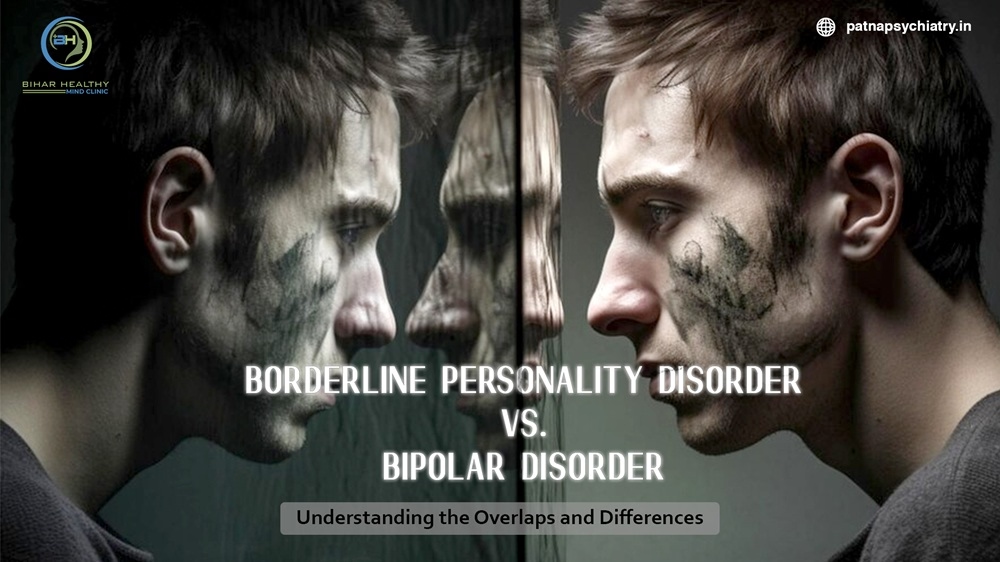

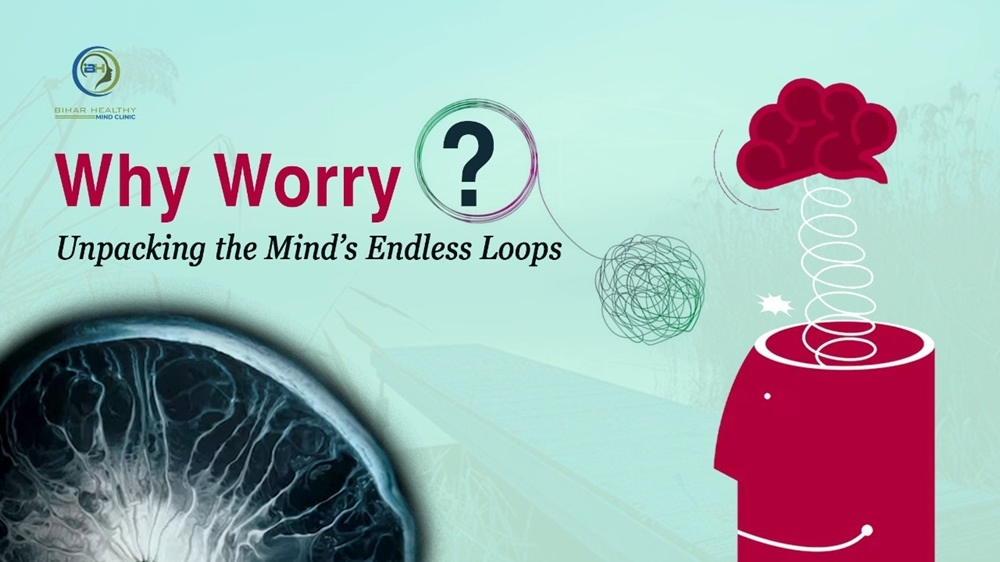
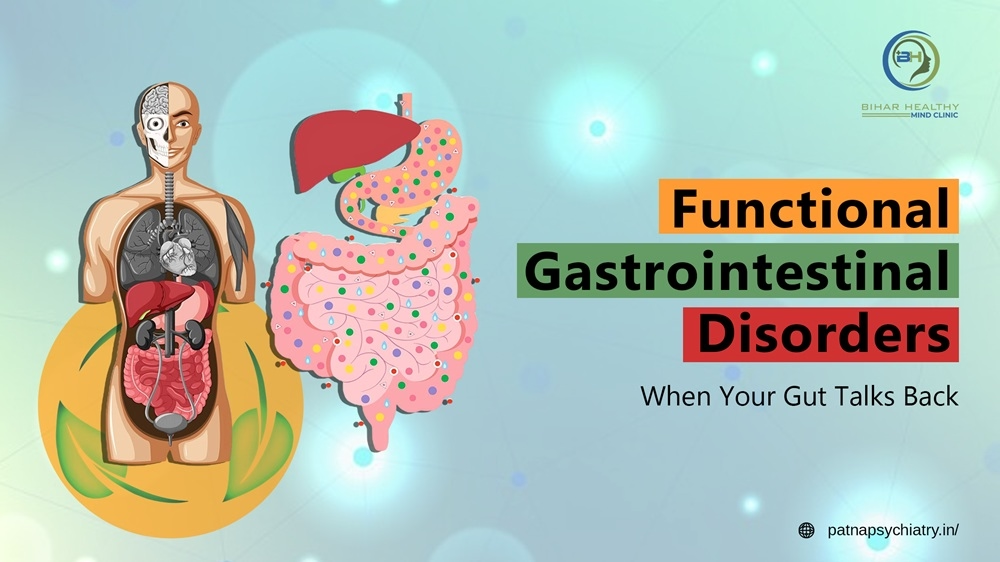
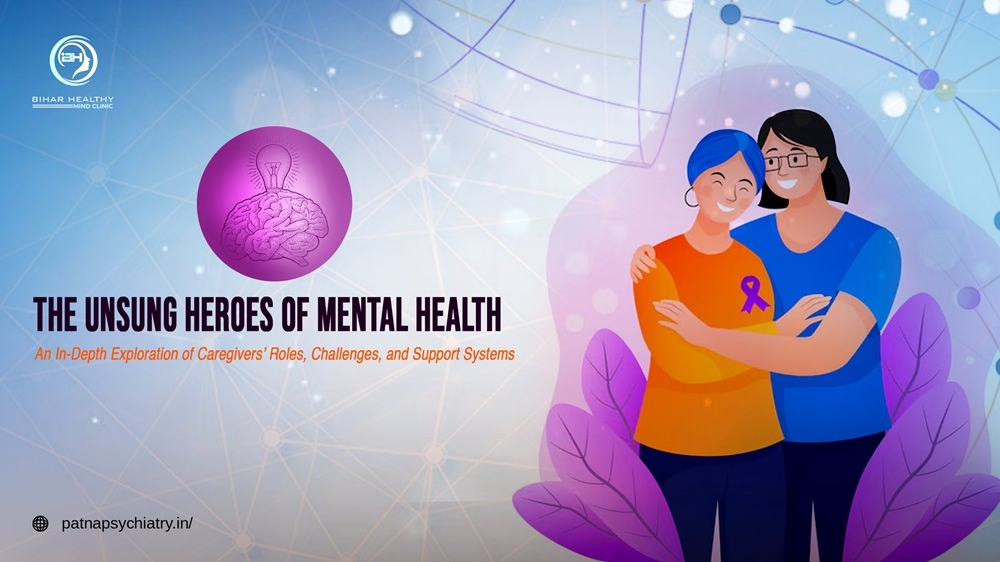
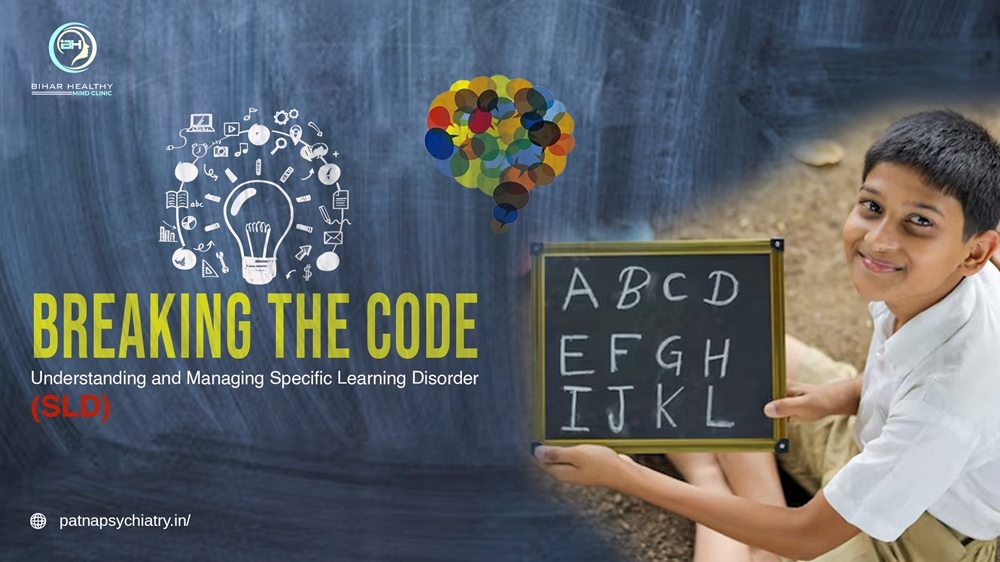
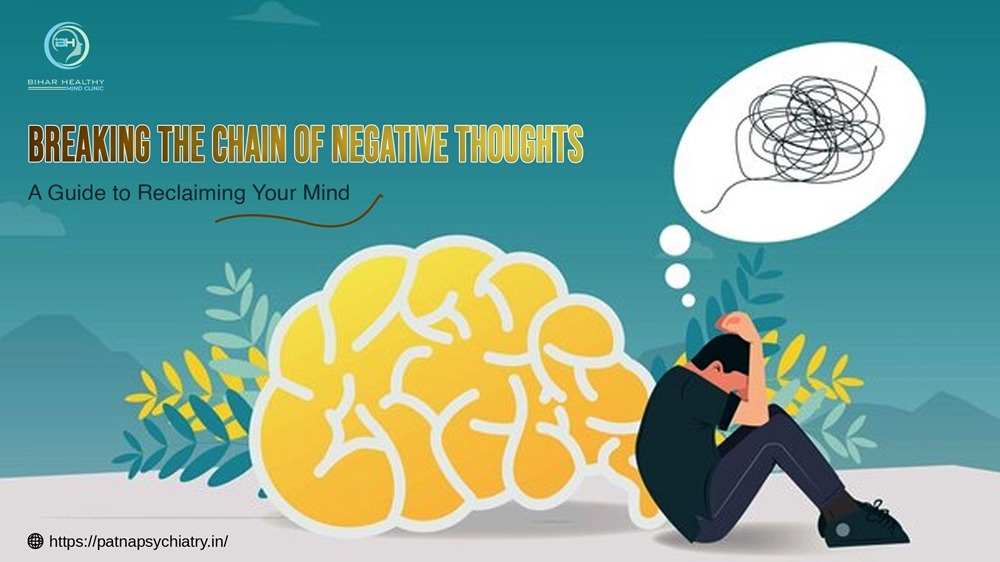
No comments yet. Be the first to comment!